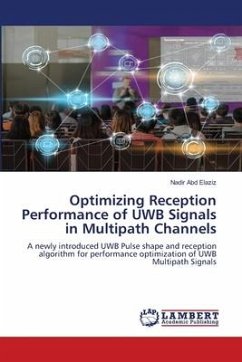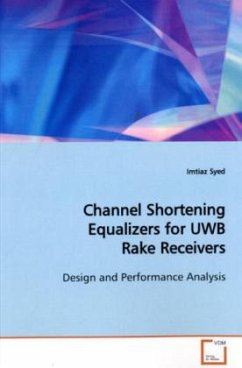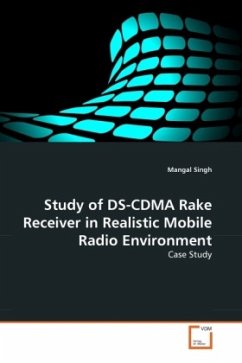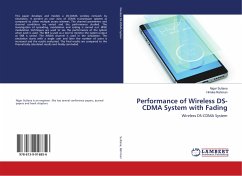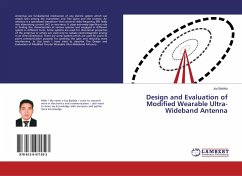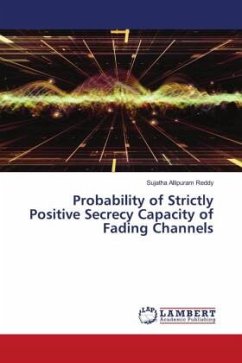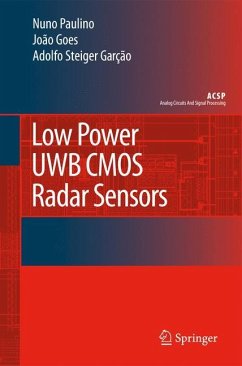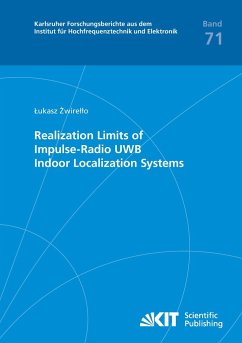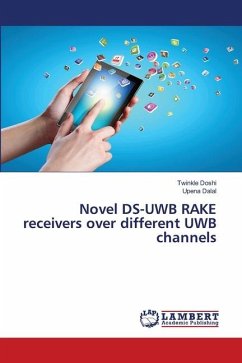
Novel DS-UWB RAKE receivers over different UWB channels
Versandkostenfrei!
Versandfertig in 6-10 Tagen
53,99 €
inkl. MwSt.

PAYBACK Punkte
27 °P sammeln!
This work proposes the use of the minimum mean square error (MMSE) interference suppression technique in UWB- RAKE receivers to give good results. As compared to the other interference suppression schemes, the MMSE scheme offers the advantage that the explicit knowledge of interference parameters is not needed and results are improved in terms of bit error rate (BER). For MMSE LMS algorithm is used which requires an appropriate 'step size' selection. A genetic algorithm (GA) is a random search technique that assists in selecting the step size of the LMS algorithm. It is proposed to use a uniqu...
This work proposes the use of the minimum mean square error (MMSE) interference suppression technique in UWB- RAKE receivers to give good results. As compared to the other interference suppression schemes, the MMSE scheme offers the advantage that the explicit knowledge of interference parameters is not needed and results are improved in terms of bit error rate (BER). For MMSE LMS algorithm is used which requires an appropriate 'step size' selection. A genetic algorithm (GA) is a random search technique that assists in selecting the step size of the LMS algorithm. It is proposed to use a unique combination of Genetic (GA) with the LMS-MMSE PRAKE receiver to select the step size of the LMS adaptive algorithm leading to lower BER. A novel multipath selection algorithm (MSA) is also proposed to optimize the performance of the PRAKE receiver that uses the concept of 'cut-off ' value for combining the number of multipath. The determination of the cut-off value is based on a statistical analysis of amplitude gain and the respective probability of selecting the maximum number of SRAKE components. A comparison between all receivers on different channels is provided.



